🚜AP Human Geography
The Different Types of Maps in AP Human Geo
5 min read•Last Updated on July 11, 2024
jair-lmao_60629
jair-lmao_60629
In AP Human Geography nearly every topic can be represented in some way, shape, or form on a map, and the CollegeBoard loves to bring them up on multiple-choice and free-response questions. Therefore, it is integral to your success to understand the different types of maps and what they are used for. Let's dive in!
⚡ Read: AP Human Geography - Introduction to Maps and the Different Types of Maps
I’m the Map, I’m the Map! 🎵
- (I couldn’t resist making a Dora The Explorer reference.)- But back to the subject in hand Now, when you look at AP Human Geography (AP HuG), it may seem that there so many different maps to learn about.- And you’re not wrong! AP HuG maps come in all different designs with different purposes and it’s important to understand what the data a certain map is telling.- Thankfully though, in AP HuG, there are only a couple you really need to know for the exam.- So let's jump on the APHuG MAPS train to find out what they are! ⚡ Watch: AP Human Geography - Maps, Maps, Maps
1. Topographic Maps 🗺
- Topographic maps are usually designed to show the area’s topography, like its artificial and natural landscape markings.- In some examples, contour lines are also used to express the physical aspect of landscape features- They can show the area’s infrastructure, rivers, and other physical landscape features.- These maps are extremely accurate in displaying details of the location and topography.- They are used for navigation, particularly in the wilderness, as well as engineering projects and land surveying. For example:
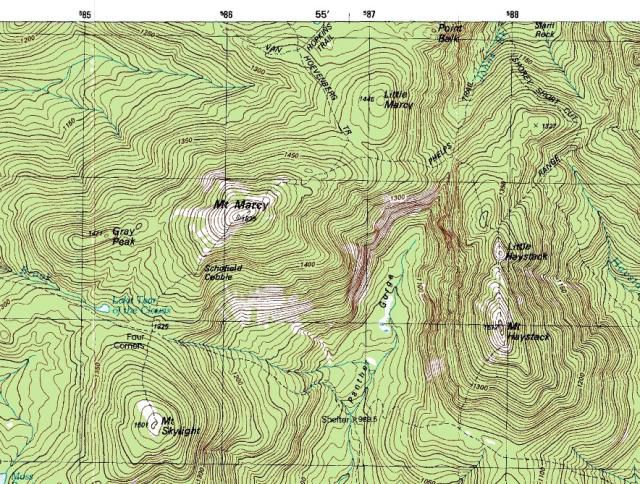
2. Thematic Maps 🗺
- In other words, there are different types of thematic maps, making each type special!- Thematic maps differ largely from topographic and mental maps as they are not used for navigation nor any sort of physical or building project.- Instead, they aim to show other types of data through graphics, colors, lines and more.- To help remember the difference, thematic maps are usually center around a central theme/subject.
a. Choropleth Maps 🗺
- Choropleth maps are a type of thematic map which uses color variations (look at the map above) to express geographic variation from a certain theme.- The type of color variations can also differ. For instance, varying shades of a single color can be used to indicate the intensity of the factor happening in different regions of a large area.- Other types of color variations include using contour lines with different colors and filling in states with varying color range. For example:
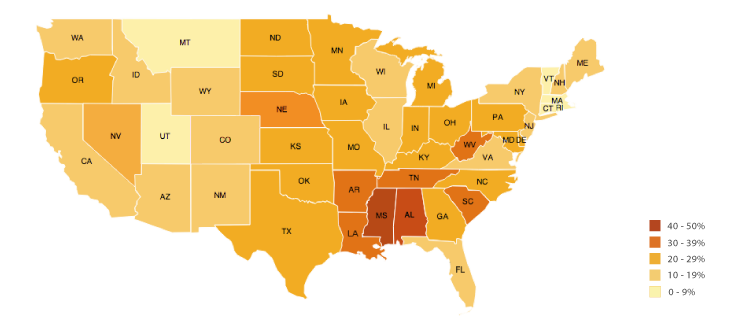
b. Isoline Maps 🌈
- Isoline maps are some of the most daily used maps.- They are commonly shown on TV through weather reports, as they can show the average temperatures, humidity levels and other weather statistics in an organized fashion.- To understand isoline maps, know that they use contour lines to connect the same data point across a map.- If you still don't catch my drift, let me explain further! In some isoline maps, we can see contour lines being used to separate differently colored regions and each color has a unique value associated to it.- For instance, a red-shaded region could mean 95 degrees Fahrenheit is the average temperature while a green-shaded region could mean 80 degrees Fahrenheit is the average temperature there.- This thus means that the contour lines have been used to help connect the different regions of an area while also separating them to show each region's own distinct value(s) for the focused theme.- In other maps, though, the contour lines can be the actual feature that has a data point associated to it. For Example:
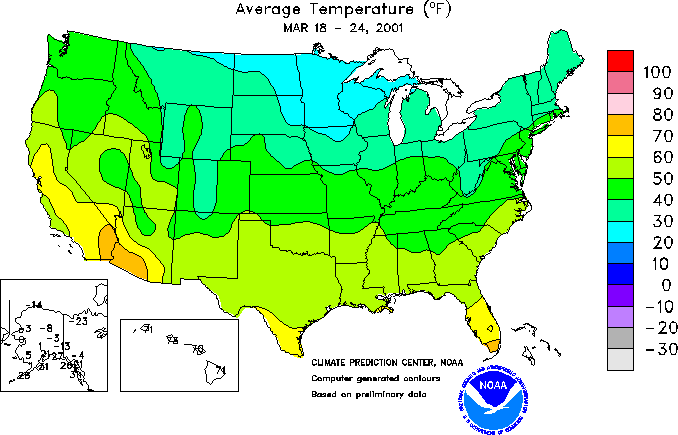
c. Dot Density Maps ⚫⚫⚫
- Now dot-density maps are also another type of thematic maps. But, these maps use dots instead of lines, shapes and colors.- Dot-density maps usually use dots to represent the volume or density of a certain factor like population.- These maps also use dots to show the distribution of the factor over an area of space.- So usually the case with dot-density maps would be that more dots are in an area, the more heavy in density or volume the factor is in its appearance. For example:
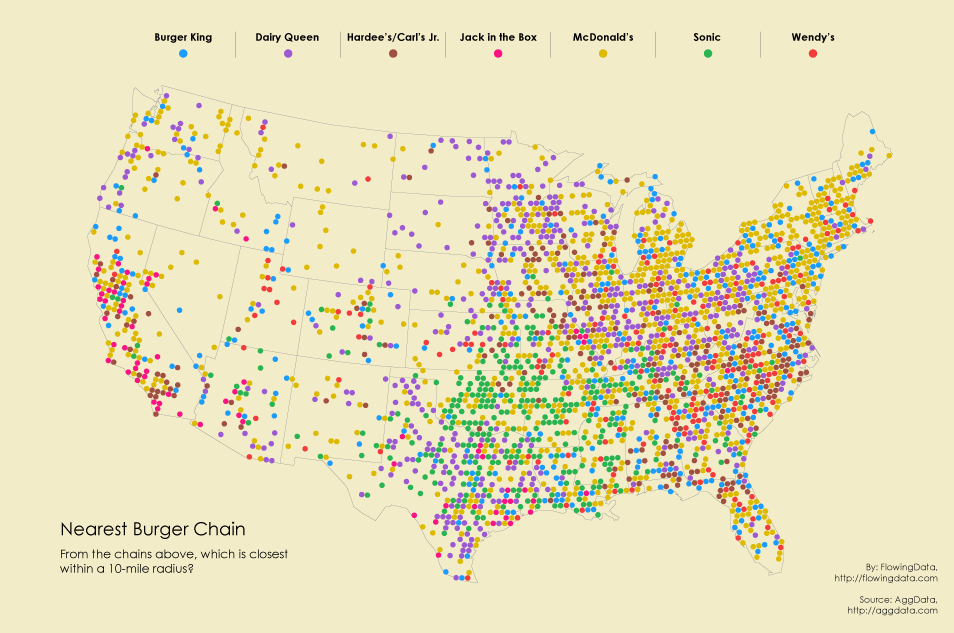
d. Flow-line Maps ⬅➡
- Flow-line maps are also another easy type of thematic map to understand.- However, flow-line maps use arrows instead. Arrows are used to show the movement of a factor to between different areas as well as the volume of movement between the different areas.- In other words, the amount of things moving into another area is shown by the size of the arrow and the arrows themselves show where the thing is moving to and from.- So, if you look at an flow-line map, the arrows representing bigger numbers of the factor moving are usually thicker than the ones with smaller numbers. For example:
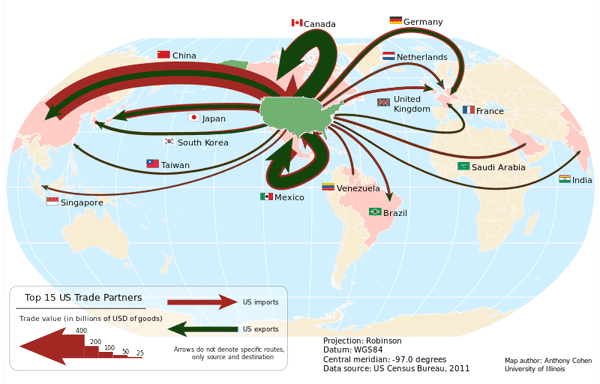
e. Cartograms 🚅🗺
- The cartogram is now the final type of thematic map you will need to know for the exam and when it comes to these maps, remember they tend to focus more on expressing the data than the geography.- So what a cartogram does is that it takes some statistical data and then combines it with the given area by distorting it to reflect the data. This usually results in a very different-looking map whereas other thematic maps preserve the shape of the area.- Also there are two different types of cartograms. The first type is called an area cartogram. These maps alter the entire geographic location to represent the given data, which can be population, GDP growth and more.- The second type is called a distance cartogram and you'll have already seen it if you've ever travelled through the NYC subway.- Subway maps are also examples of distance cartograms, which show the travel time and distance of each vehicle in a network of transportation. While the travel time may be inaccurate at times, the data is still used to distort the network to fit the data shown. For example:
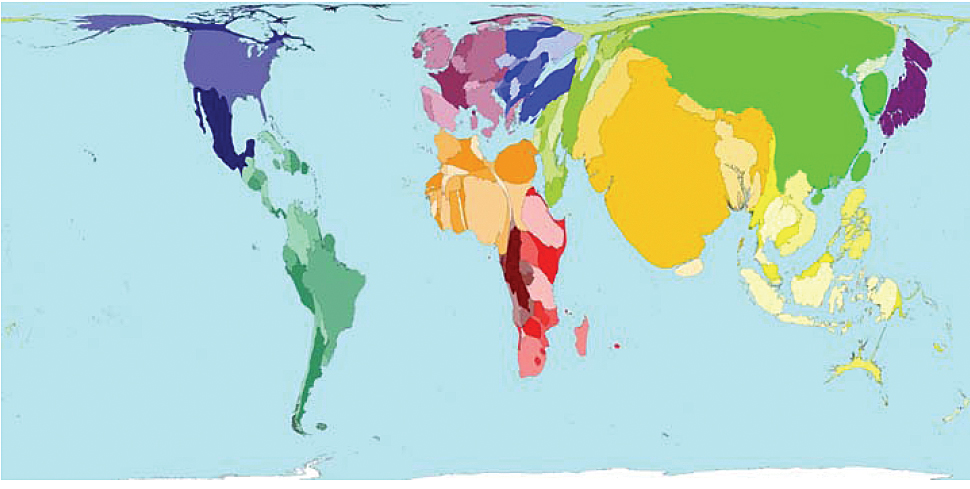
3. Mental Maps 🧠👀
- Mental maps are probably the most common map where everyone has seen one. But the unique thing with mental maps are that everyone has their own up in their own head.- How a person understands their environment influences their mental map as it can shape where they understand certain things to be to.- This can thus help them navigate their environment in whatever way they want.- Our mental maps can also include how we perceive certain areas of our environment to be like. For instance, if I look at my mental map of the U.S.A., I see Texas as a dry, rural place, New York as bustling, crowded place and Alabama as very country-like and full of white Southern culture.- So, basically, a mental map is a map that is made to reflect an individual's understanding and knowledge of their geographic area.